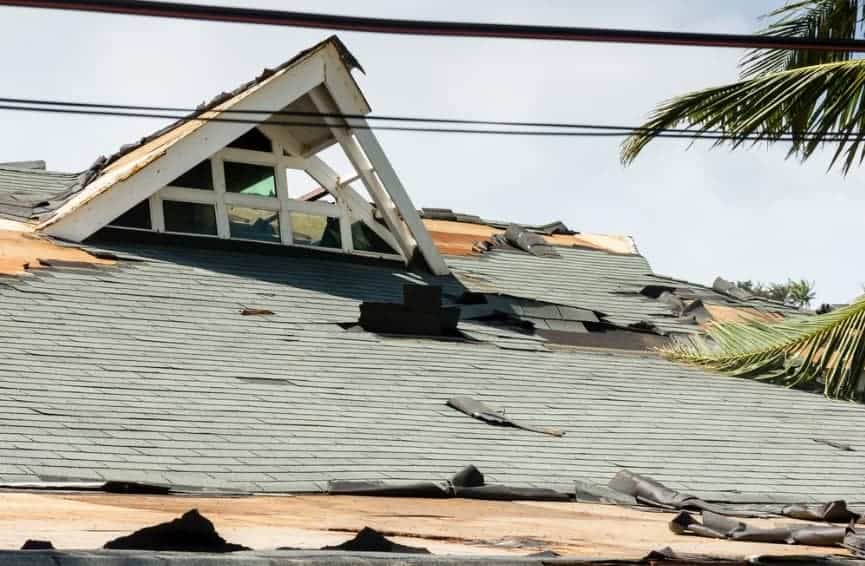Storm damage is a typical reason for roof repair in San Antonio. If you live in this area, you’ve probably experienced a few storms that blew off shingles from your roof.
In the past, you might have simply collected these shingles from the ground and gone on with your day. But we’re here to warn you that your roof damage following a storm might be more significant than you think, and it never hurts to scope it out for yourself and hire a roofing contractor in San Antonio to prevent damage from growing in the future.
We recommend following our 5-step roofing checklist to prevent even worse results from any future rain or snowstorms. Below, we provide all the facts you’ll need to deal with storm-related structural damage to your roofing in San Antonio
Learn more about What it Takes to Be a Roofer

1. Examine the Roof
Begin with the overhanging roof components. Check for damage to chimneys, skylights, and other protruding roof pieces.
These areas are usually coated with flashing and sealed to prevent water leakage into the seams. You’ll need to take action if the flashing or seals appear to be broken or jeopardized. Leakages can occur if the situation is ignored. Roofing companies in San Antonio can assist you in this process.
2. Check the Shingles on the Outside
The shingles, which serve as your house’s main line of protection against poor weather, show the most destruction following a storm. Examine the shingles for granular loss, curling, and splitting. It’s also possible that some tiles are damaged.
When inspecting the damage, avoid stepping onto the roof. Use binoculars and inspect the roof from the ground. However, hiring a roofing contractor in San Antonio, TX, is always easier to inspect the roof for you instead.
3. Check the Gutters
During a storm, your roof’s gutter drainage diverts precipitation away from your home. When your gutters are blocked, rainwater backs up beneath your shingles and begins to pour into places it shouldn’t, such as your attic.
After the storm, inspect these to see if they’re still in great condition or if they need to be repaired.
4. Check the Ceilings and the Attic
Check the attic and roof for signs of damp spots if your house appears to be largely unharmed from the outside. Storms can cause unseen leaks that lead to more serious problems later. Check for leaks with a flashlight and take immediate action if you find any. Roof repair companies in San Antonio can help assist with the process, which is much safer if your attic is old and/or full of mold.
5. File an Insurance Claim
While most insurance providers would not cover a new roof if it is worn out, they will cover a replacement if a storm caused the damage.
If you wish to secure some repair protection on your side, you can file an insurance claim. Roofing contractors in San Antonio, TX, can guide you through the process and, in certain cases, work on your behalf to ensure that you get the greatest coverage for your roof repairs.
Take the Right Steps After Storm Damage
When a storm passes through your neighborhood, you should examine your roof for storm damage. If you notice any visible damage to your rooftop, contact a company that specializes in roofing in San Antonio, TX, as soon as possible.
